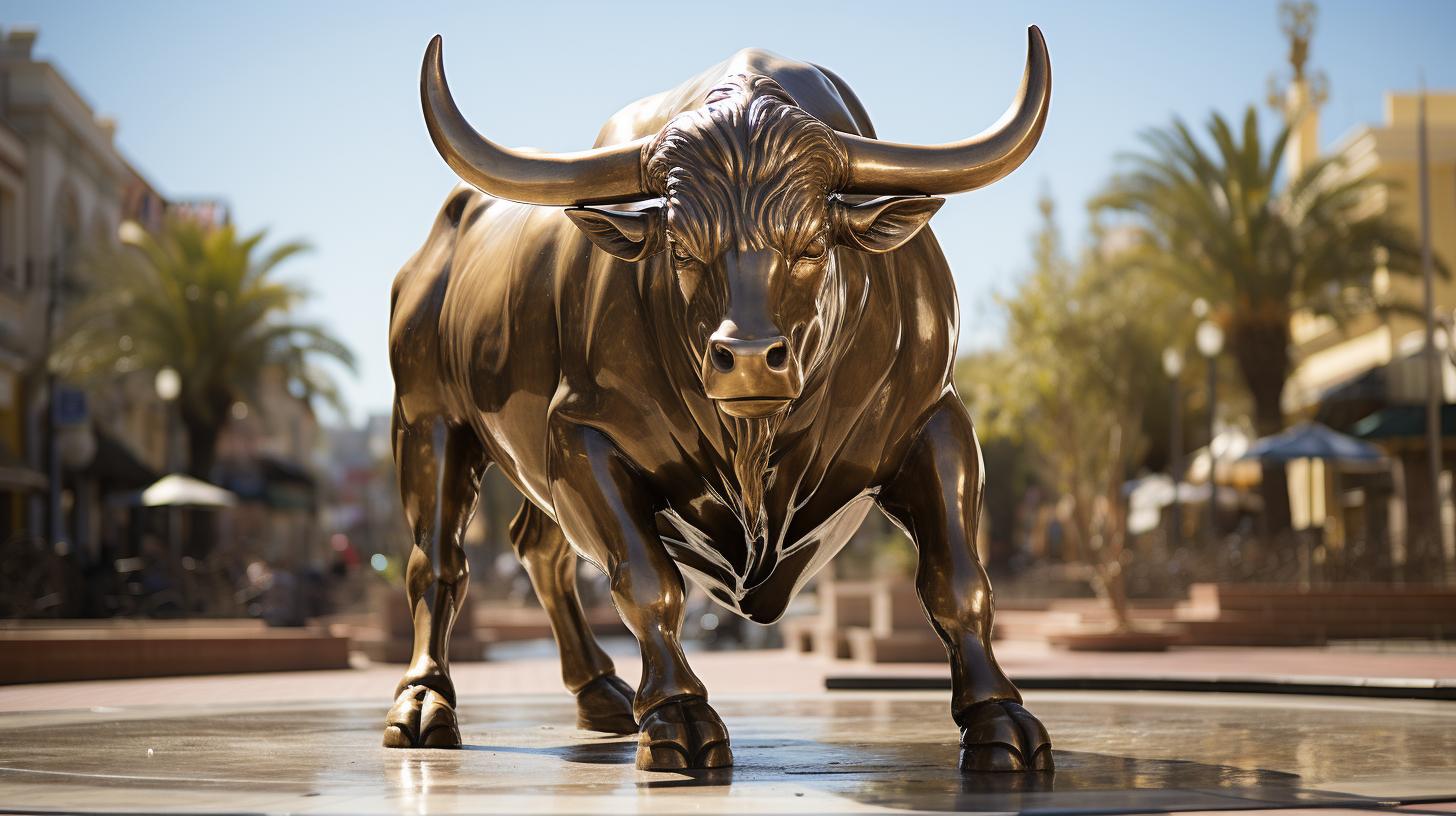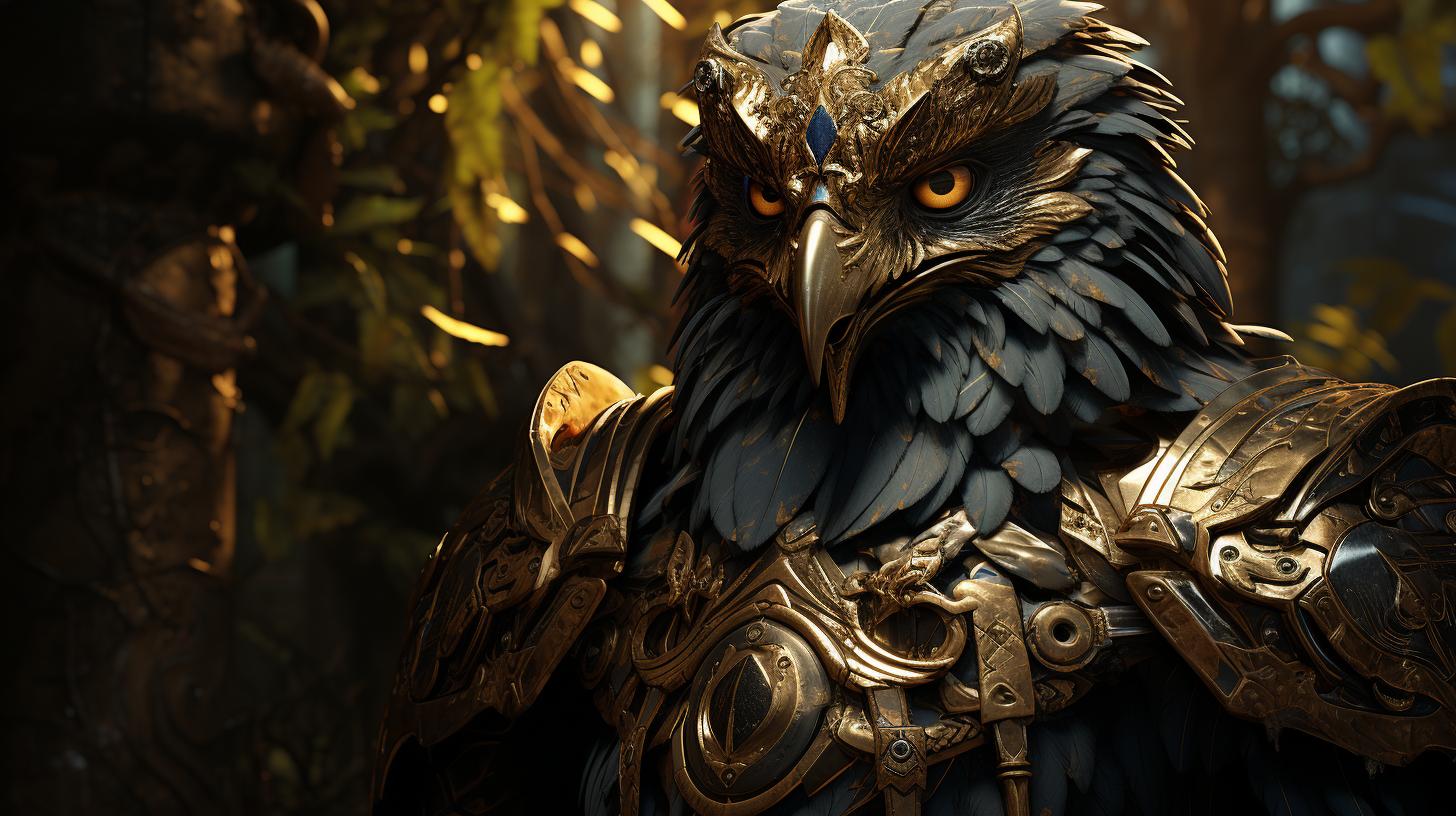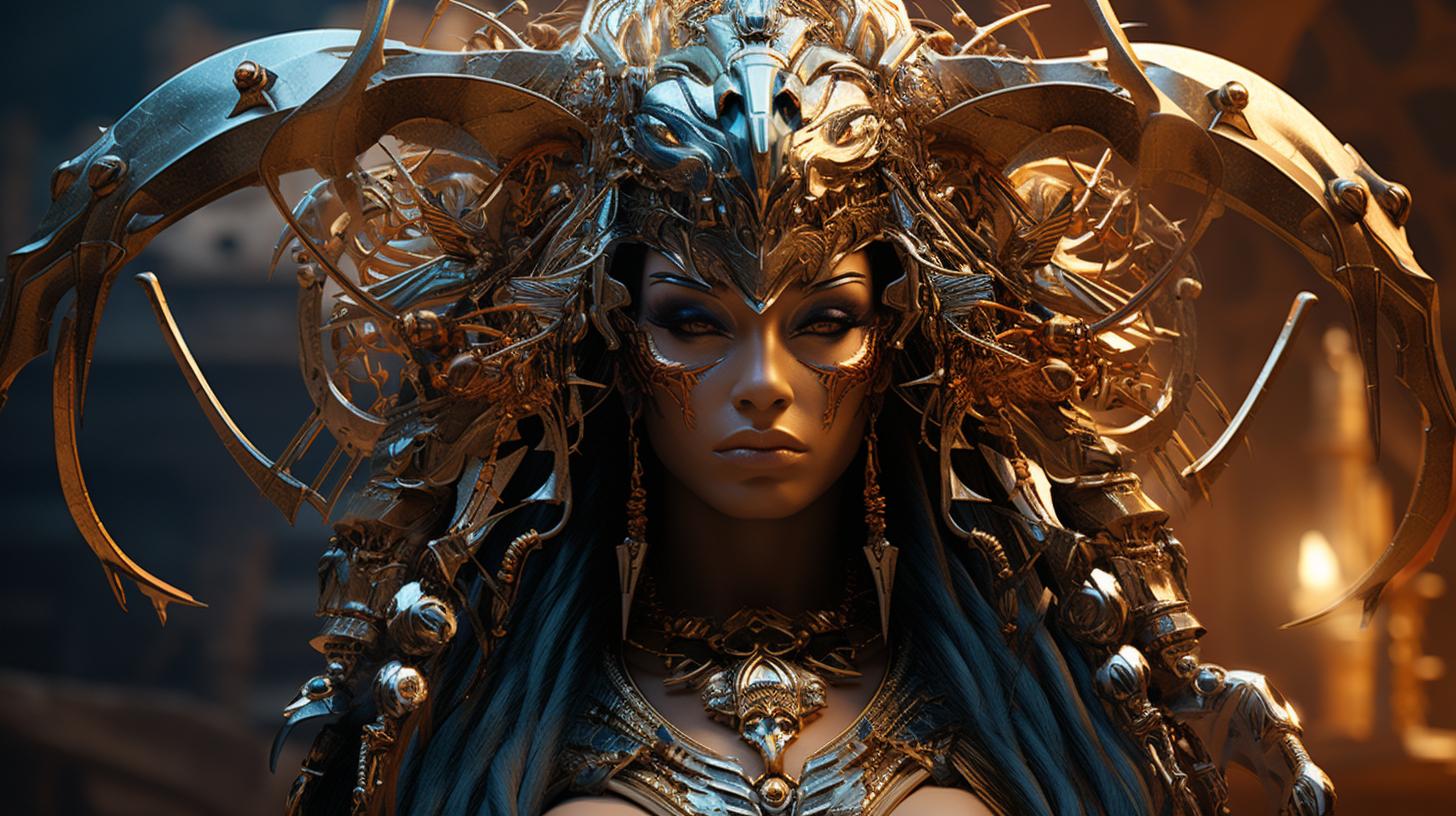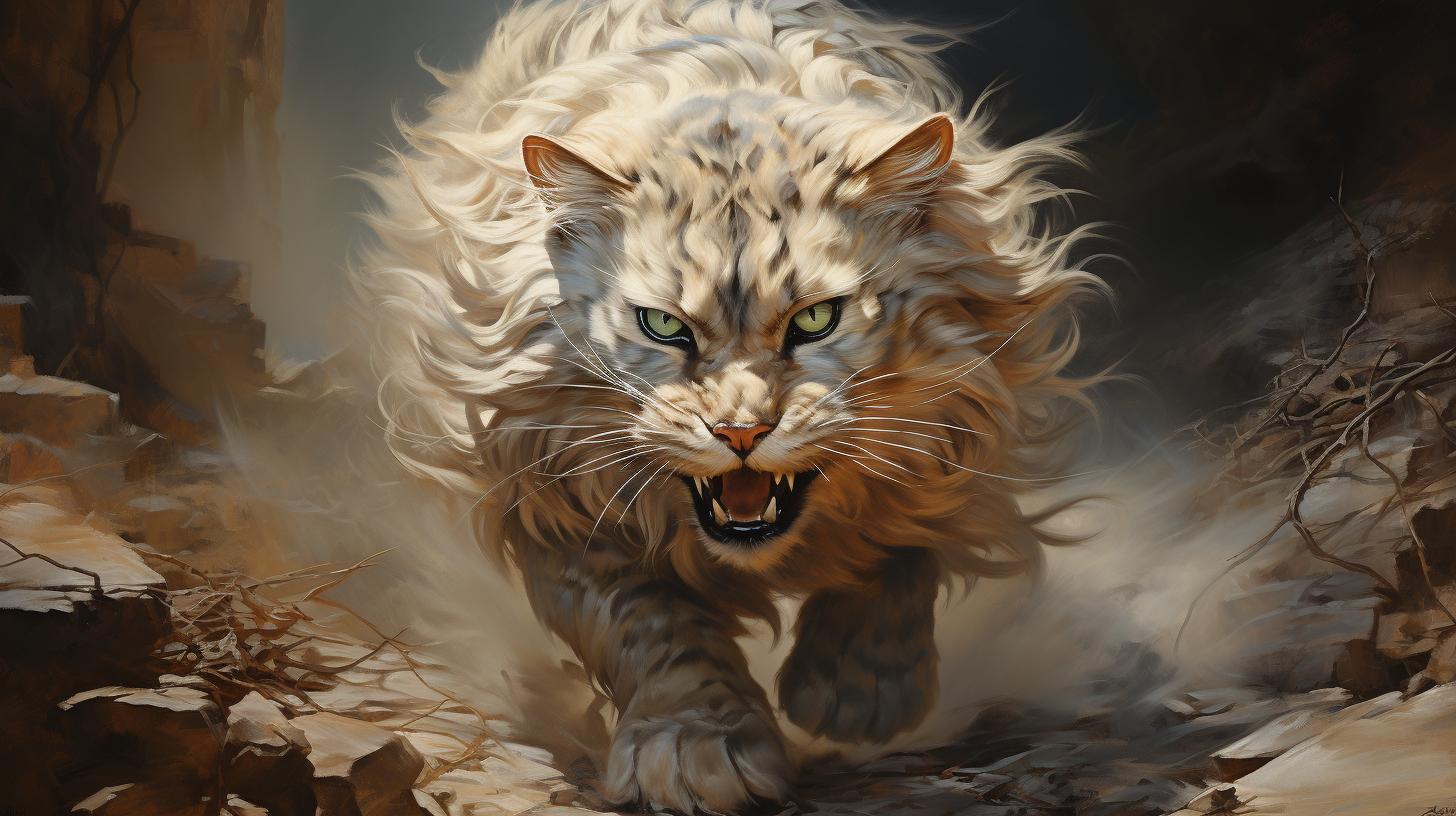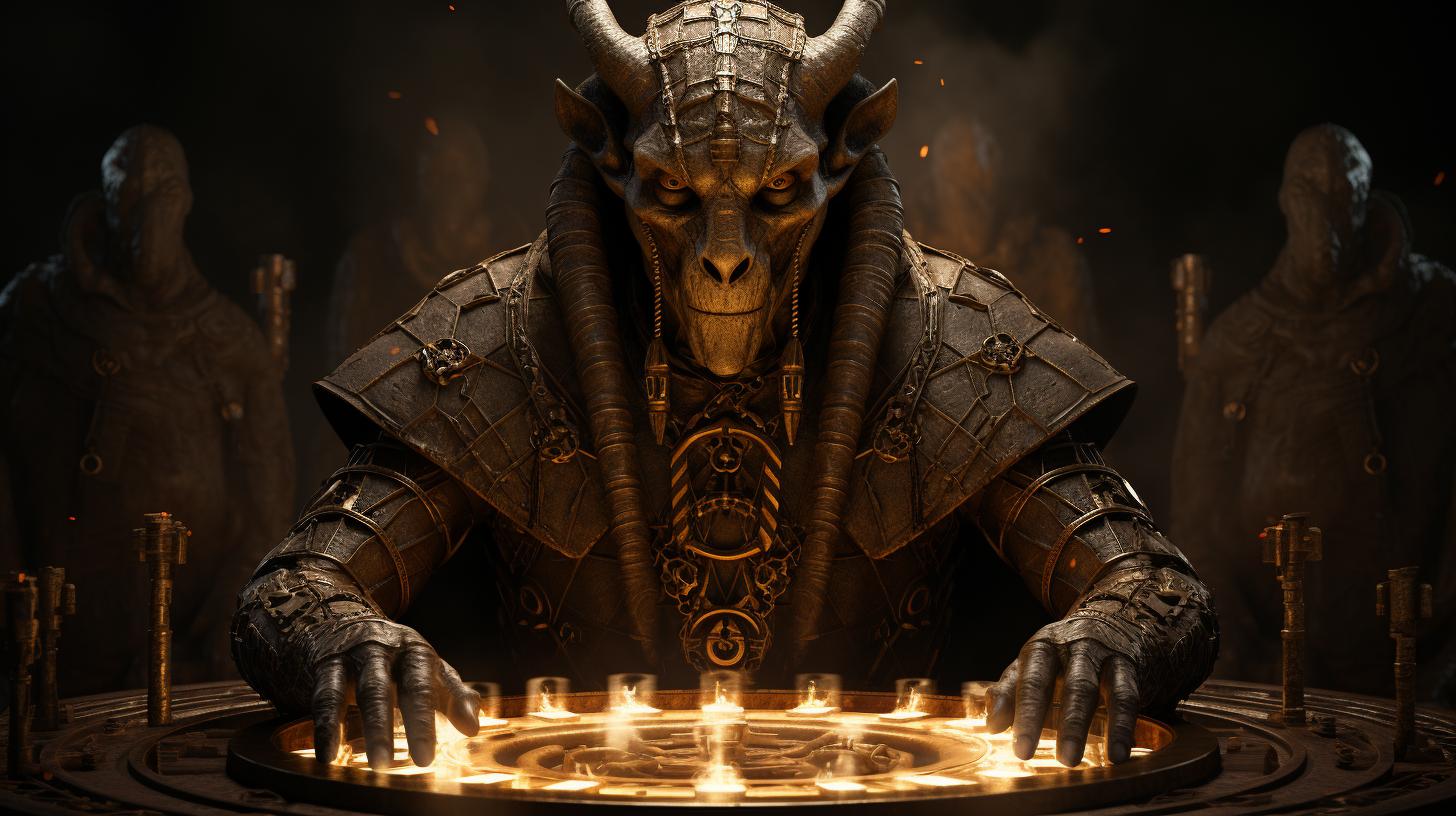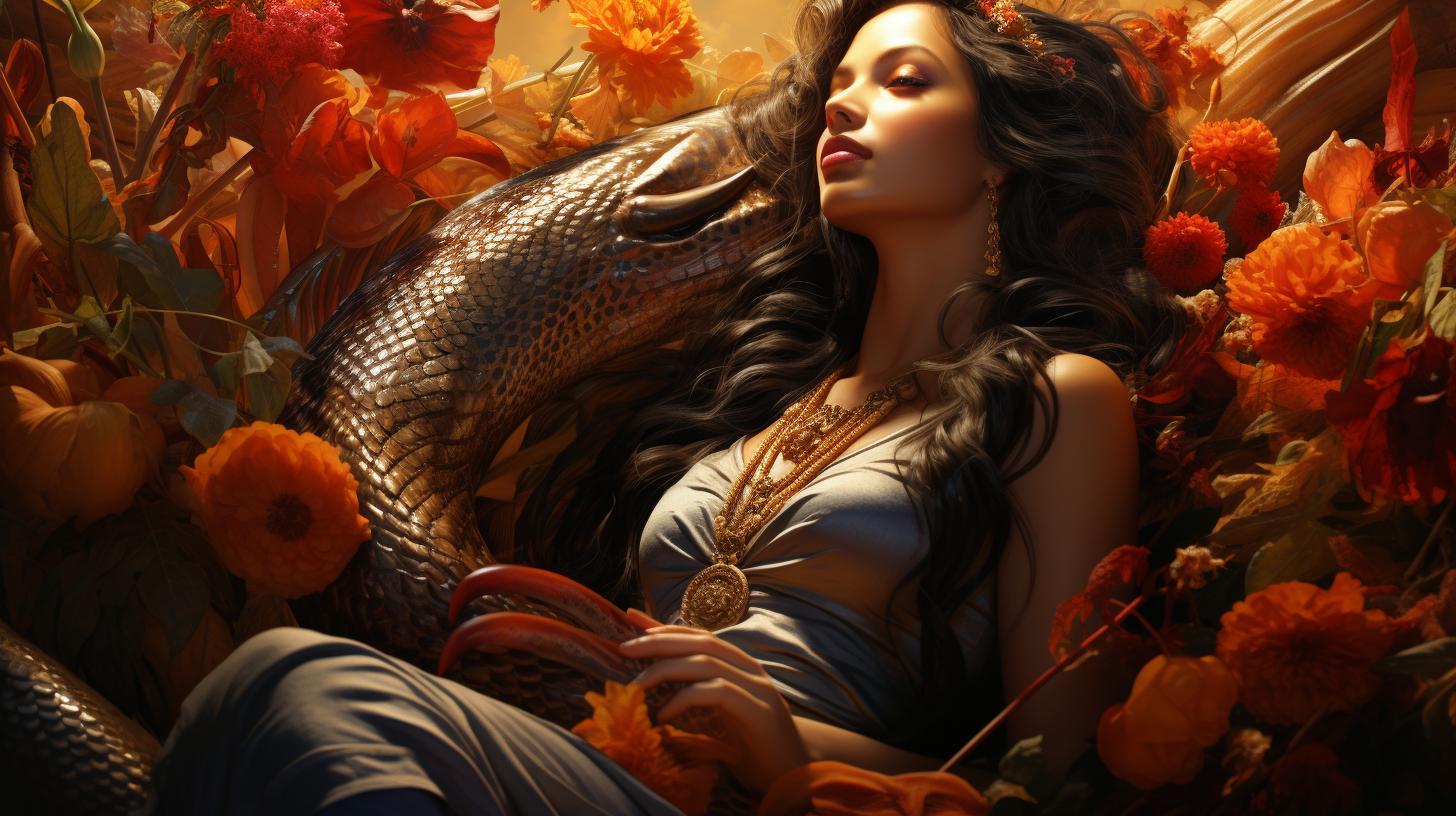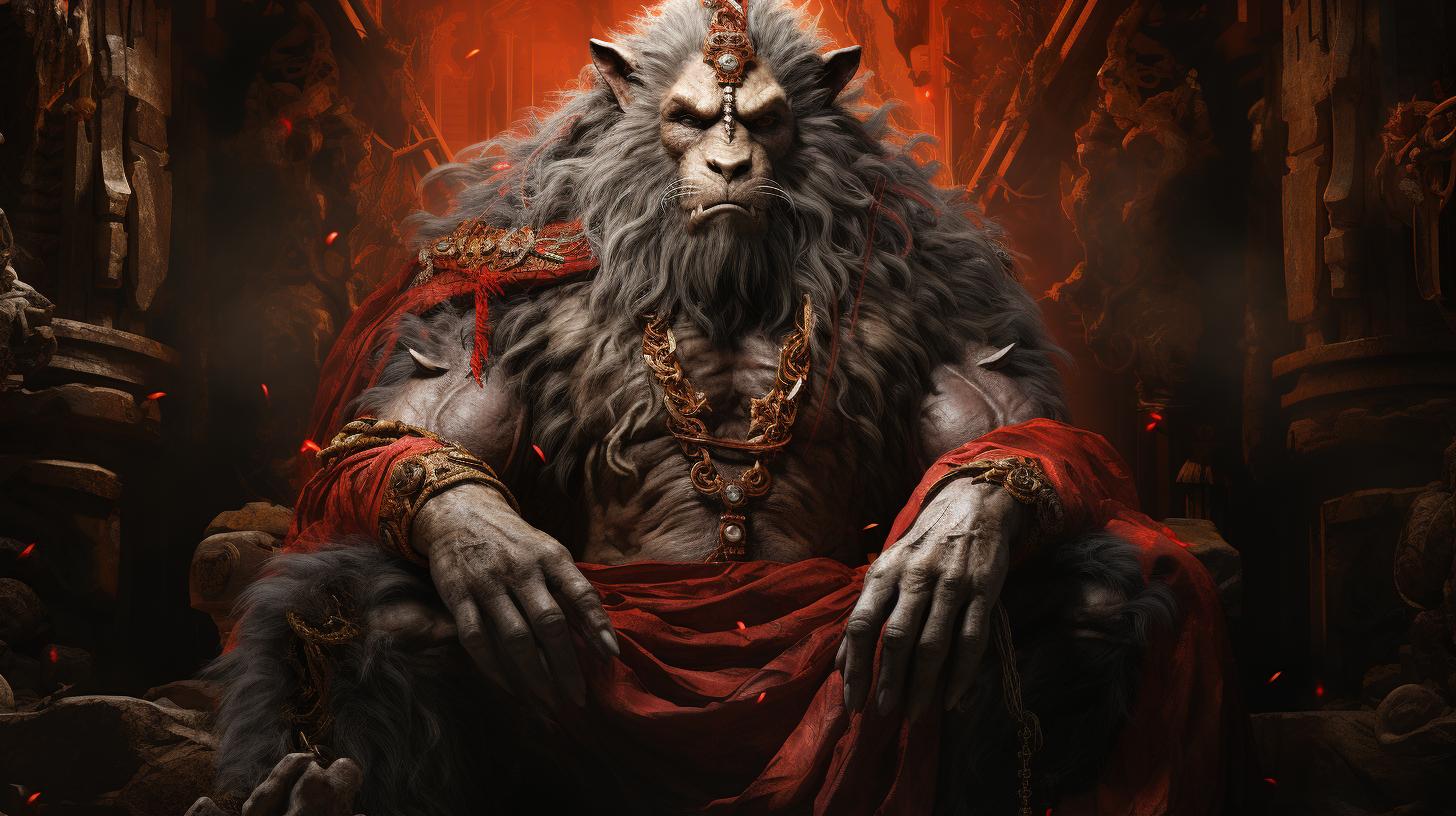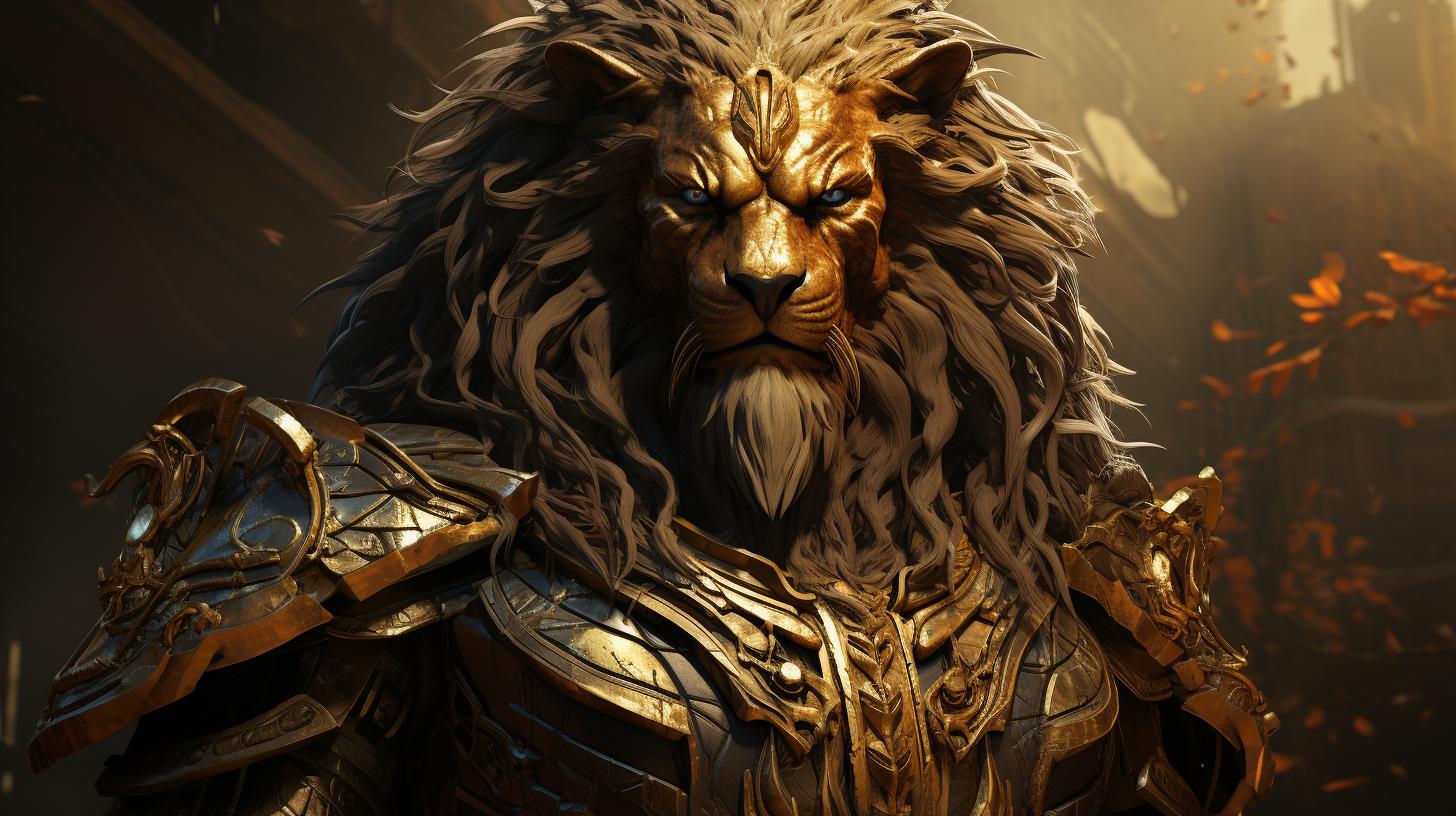Nekhbet, the Egyptian Goddess: Unveiling the Divine Protector and Royal Mother
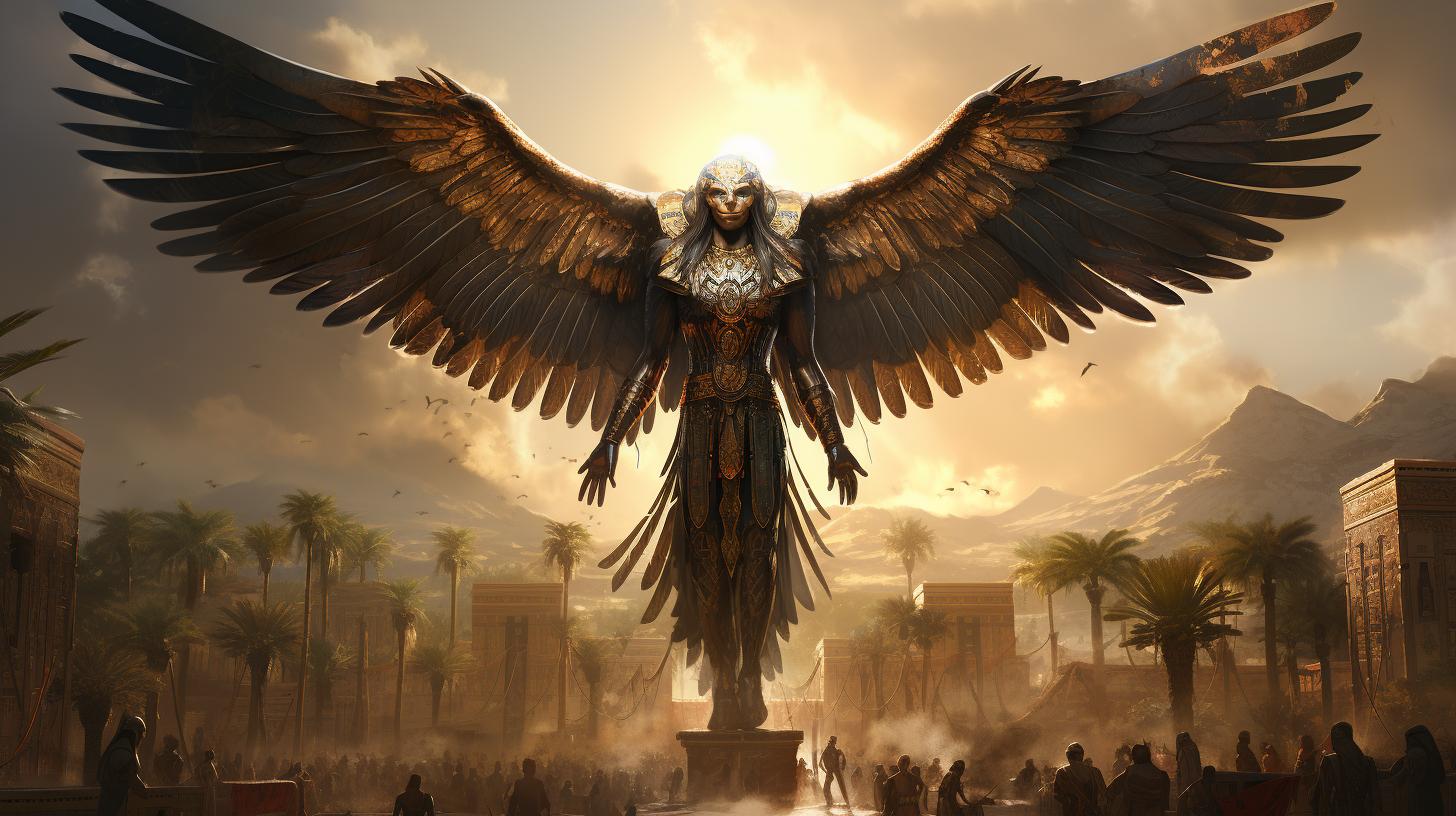
The ancient Egyptian goddess Nekhbet played a significant role in Egyptian culture and religion. As the protector of Upper Egypt and the pharaoh, she was often depicted as a woman with a vulture head wearing a white crown.
Nekhbet was also associated with maternity, offering protection to children and pregnant women. Her worship centered around the city of Nekheb, where her temple included various structures and sacred rituals. Nekhbet’s influence extended beyond ancient times, leaving a lasting legacy in the understanding of divine patronage and the unification of Upper and Lower Egypt.
The Ancient Egyptian Goddess Nekhbet: Exploring Her Origins and Depictions
The ancient goddess Nekhbet held significant mythological significance in ancient Egypt. She was venerated as a powerful deity associated with protection and maternity.
The Mythological Significance of Nekhbet in Ancient Egypt
Nekhbet held a revered status as the patroness of Upper Egypt and the protector of the pharaoh.
She was believed to have played a vital role in safeguarding the rulers and ensuring their success in their divine right to rule.
Nekhbet’s Representation as a Vulture Goddess
Nekhbet was often depicted as a woman with the head of a vulture, symbolizing her connection with the celestial realm. This portrayal highlighted her majestic presence and her association with the skies.
The Connection between Nekhbet and Other Deities in Egyptian Mythology
Nekhbet was intricately linked to several other deities in Egyptian mythology, including Hapi, Horus, Hathor, and Mut. These associations showcased her interconnectedness with various aspects of life, such as fertility, the Nile River, and warfare.
Overall, exploring the origins and depictions of the ancient Egyptian goddess Nekhbet provides valuable insights into the intricate religious beliefs and cultural significance of this revered deity.
Nekhbet’s Role as the Protector of Upper Egypt and the Pharaoh
Nekhbet, the ancient Egyptian goddess, played a crucial role as a protector of Upper Egypt and the pharaoh.
She was revered as a patroness of the pharaoh and the royal family, ensuring their well-being and safeguarding their rule.
Nekhbet’s Patronage of the Pharaoh and Royalty
As the goddess of Upper Egypt, Nekhbet held a special position in relation to the pharaoh and the royal lineage. She was believed to have a direct influence on the power and legitimacy of the ruling monarch.
Nekhbet symbolized the divine protection bestowed upon the pharaoh, endorsing their right to rule as the chosen leader of Upper Egypt.
Nekhbet’s Symbolism in the Protection of Children and Pregnant Women
Nekhbet’s protective role extended beyond the pharaoh to encompass the well-being of children and pregnant women.
She was revered as a maternal figure, offering guidance and safeguarding the lives of the young and expecting mothers. Worshippers sought her intercession to ensure safe pregnancies and the healthy growth of children.
Nekhbet’s Involvement in Battle and Role as the ‘Eye of Ra’
While Nekhbet was primarily associated with protection, she also had a significant role in battle. Depicted as the ‘Eye of Ra,’ she fiercely defended the pharaoh in times of conflict, using her divine powers to vanquish enemies and safeguard the kingdom.
Her presence on the battlefield instilled fear in the hearts of the opposition and rallied support for the pharaoh’s forces, ensuring victory and the continued stability of Upper Egypt.
The Temples and Worship of Nekhbet
Nekhbet’s temple in Nekheb, located on the western bank of the Nile River, held great significance in ancient Egyptian religious practices.
The temple complex encompassed various structures, including a birth house, smaller temples, a sacred lake, and burial grounds, all dedicated to the worship of Nekhbet.
Nekhbet’s Temple in Nekheb and its Significance
The temple in Nekheb served as the focal point for Nekhbet’s cult, attracting devotees from far and wide.
The grandeur of the temple complex highlighted the goddess’s importance in Egyptian society. Although most of the ruins date back to the Greek-Roman period, the temple remained an important center for worship throughout ancient Egyptian history.
Rituals and Offerings Dedicated to Nekhbet
Worshippers engaged in various rituals and ceremonies to honor Nekhbet. These included making offerings of food, precious objects, and incense to show reverence and seek the goddess’s blessings. Rituals often centered around purification, prayer, and the recitation of hymns, expressing devotion and gratitude towards Nekhbet.
- Purification ceremonies
- Offerings of food, precious objects, and incense
- Recitation of hymns
- Prayer for protection and blessings
Nekhbet’s Cult during Different Periods of Ancient Egyptian History
Throughout ancient Egyptian history, the cult dedicated to Nekhbet experienced variations and adaptations. As political and religious dynamics shifted, Nekhbet’s worship incorporated elements from other deities and evolved to accommodate new beliefs.
Her association with deities like Hapi, Horus, Hathor, and Mut further enriched her religious significance and expanded her role in Egyptian mythology.
From the early dynastic period to the Ptolemaic era, Nekhbet’s cult continued to thrive and remained an integral part of Egyptian religious practices.
The goddess’s enduring presence in various historical periods attests to her enduring relevance and significance in ancient Egyptian culture.
Nekhbet in Ancient Egyptian Art and Iconography
Nekhbet, the Egyptian goddess, is prominently depicted in various forms of art and iconography throughout ancient Egyptian history. Her representations showcase her significance as a divine patron and protector. Let’s delve into the different aspects of Nekhbet’s depictions in art:
Nekhbet’s Depiction with the White Crown and Wadjet
One of the most common portrayals of Nekhbet is with the White Crown of Upper Egypt, also known as the Hedjet.
This crown symbolized her association with the region and her protective role over the pharaohs. Additionally, Nekhbet often appears alongside the Wadjet, the protective cobra goddess, further emphasizing her connection to royalty and divine authority.
Nekhbet’s Representation as a Woman or Vulture with Outstretched Wings
In ancient Egyptian art, Nekhbet is often depicted as a woman with the head of a vulture, showcasing her divine and maternal aspects. The vulture symbolizes protection and vigilance, highlighting Nekhbet’s role as the guardian of the pharaoh and the people.
Her outstretched wings further emphasize her watchful and nurturing presence.
Symbolism and Meaning behind Nekhbet’s Depictions in Art
Each portrayal of Nekhbet in ancient Egyptian art carries deep symbolism and conveys specific meanings. Her vulture form represents her association with the skies and the celestial realm, while the white color of her crown signifies purity and divinity.
These depictions serve as a visual reminder of Nekhbet’s protective and nurturing powers, emphasizing her importance in the ancient Egyptian religious and cultural landscape.
In conclusion, Nekhbet’s representations in ancient Egyptian art and iconography highlight her role as a divine protector and patroness.
The depictions with the White Crown and Wadjet, as well as her vulture form with outstretched wings, symbolize her connection to royalty, protection, and motherhood. Through these artistic renderings, the ancient Egyptians sought to honor and celebrate Nekhbet’s significance in their religious beliefs and societal structures.
The Legacy of Nekhbet in Ancient Egyptian Culture
The deity Nekhbet left a profound legacy in ancient Egyptian culture, influencing various aspects of their beliefs and society. This section explores Nekhbet’s significant contributions to the concept of divine patrons and protectresses, her role in the unification of Upper and Lower Egypt, and her continued relevance in modern understanding of ancient Egyptian religion.
Nekhbet’s Influence on the Concept of Divine Patrons and Protectresses
Nekhbet played a crucial role in shaping the notion of divine patrons and protectresses in ancient Egypt. Her association with the pharaohs and her protective nature made her a symbol of maternal care and guidance.
Her presence as a powerful deity emphasized the importance of divine guardianship in the lives of the Egyptian people. Nekhbet’s role influenced the depiction and worship of other goddesses who were revered as protectresses in the Egyptian pantheon.
Nekhbet’s Role in the Unification of Upper and Lower Egypt
Nekhbet’s connection with the pharaohs and her patronage of Upper Egypt also tied her to the unification of the two regions of ancient Egypt. As the protector of the ruler and the embodiment of Upper Egypt’s power, Nekhbet symbolized the united sovereignty of the country.
Her presence in the iconography of the pharaoh, often shown placing the Double Crown on their head, represented the harmonious merging of Upper and Lower Egypt under a single ruler.
Nekhbet’s Continued Relevance in Modern Understanding of Ancient Egyptian Religion
Even in modern times, Nekhbet’s significance continues to be evident in the study and interpretation of ancient Egyptian religion.
Scholars recognize her role as a protective deity, her connection to the pharaohs, and her association with maternity and childbirth. Nekhbet’s depictions and temples provide valuable insights into the religious beliefs and practices of the ancient Egyptians.
Her presence in art and iconography offers a glimpse into the cultural and societal values of the time.
In conclusion, Nekhbet’s legacy in ancient Egyptian culture is multifaceted and enduring. Her influence on the concept of divine patrons and protectresses, her role in the unification of Upper and Lower Egypt, and her continued relevance in modern understanding of ancient Egyptian religion all highlight the significance of this revered goddess in the rich tapestry of Egyptian mythology and belief systems.
.












